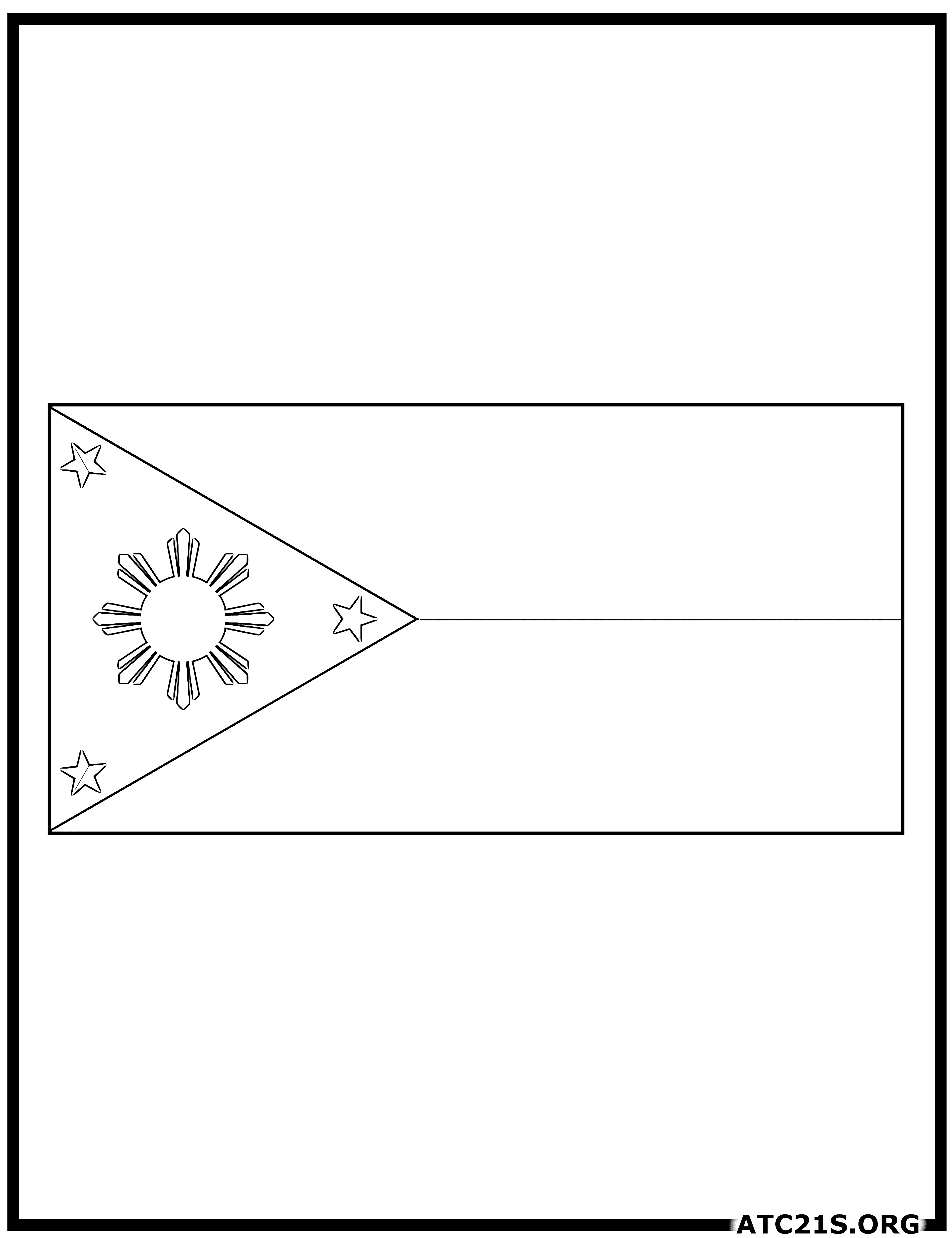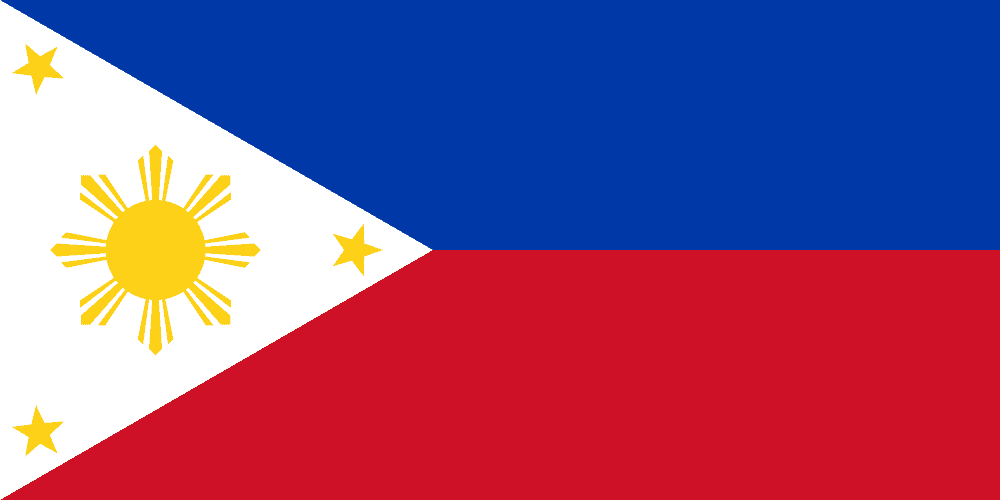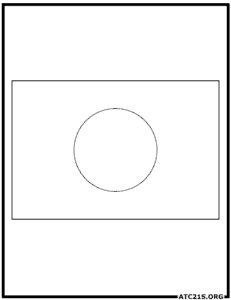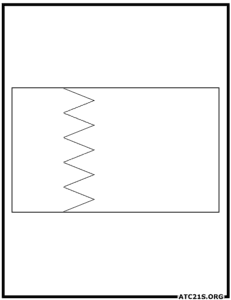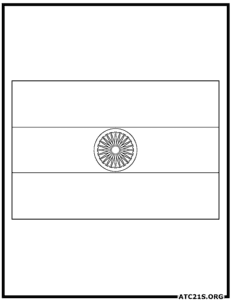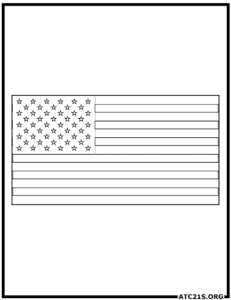Philippines Flag Coloring Page Download
Philippines Flag Description
The flag of the Philippines, also known as the “Pambansang Watawat ng Pilipinas” or the “National Flag of the Philippines,” is a horizontal bicolor flag with equal bands of blue and red, with a white equilateral triangle on the hoist side. Inside the triangle, there are three golden-yellow five-pointed stars at each vertex, representing the three main geographical regions of the Philippines: Luzon, Visayas, and Mindanao.
The flag’s design was conceptualized by Emilio Aguinaldo, the first President of the Philippines, during the Philippine Revolution against Spanish colonization in 1898. The flag was first unfurled on May 28, 1898, in Kawit, Cavite, during the proclamation of Philippine independence from Spain. It was sewn by Marcela Agoncillo, Lorenza Agoncillo, and Delfina Herbosa de Natividad, who were commissioned by Aguinaldo to create the flag.
The flag’s colors hold significant meanings. The blue stripe represents peace, truth, and justice, while the red stripe symbolizes patriotism and valor. The white triangle signifies equality and fraternity among Filipinos. The three stars represent the three main geographical regions of the Philippines, as mentioned earlier.
Throughout history, the flag has undergone several modifications. During the American colonial period, from 1901 to 1946, the flag had a white sun with eight rays in the center of the triangle, symbolizing the eight provinces that first revolted against Spanish rule. However, this design was changed in 1919 to a sun with sixteen rays to represent the sixteen provinces that fought against Spanish colonization.
Under Japanese occupation during World War II, the flag was temporarily replaced with a flag featuring a sun with a face, known as the “Flag of the Japanese-Sponsored Republic.” However, after the Philippines regained independence in 1946, the original design was restored.
The flag has been a symbol of Filipino identity, patriotism, and independence. It is prominently displayed in government buildings, schools, and during national holidays and events. The flag is also used to honor fallen soldiers and is an integral part of military ceremonies.
In conclusion, the flag of the Philippines is a significant national symbol that represents the country’s struggle for independence and its diverse regions. Its design and colors hold deep meanings, and it continues to inspire patriotism and unity among Filipinos.

